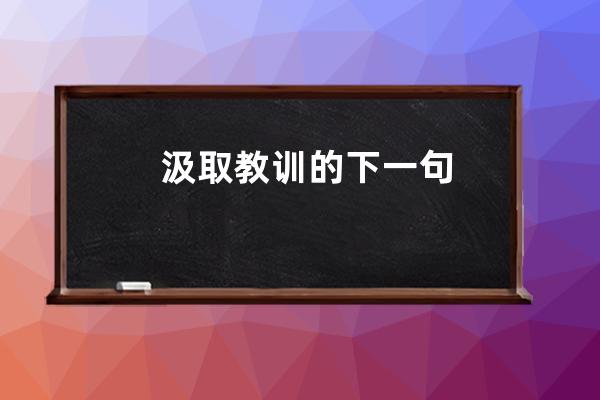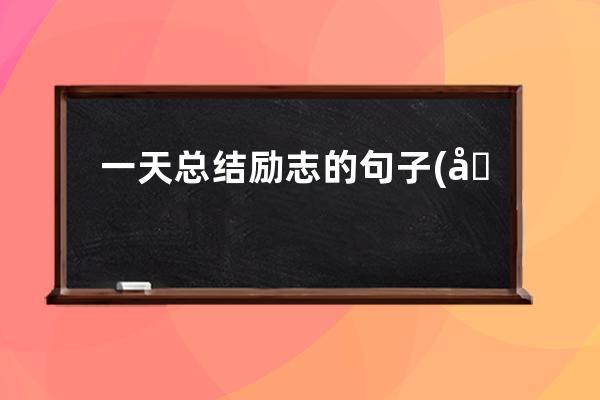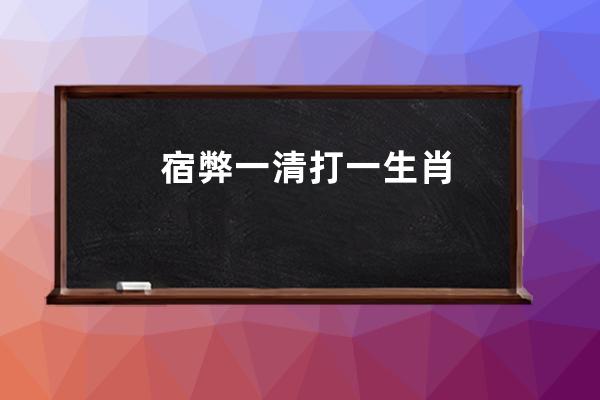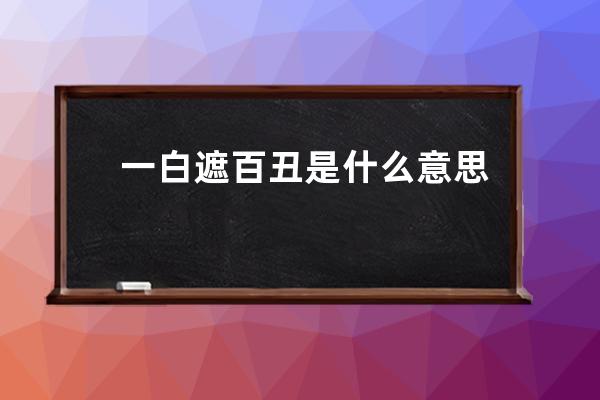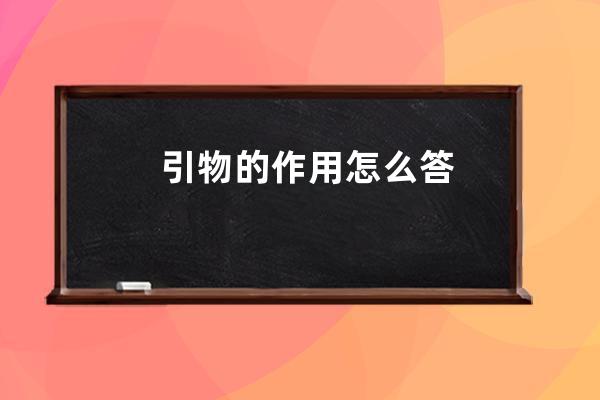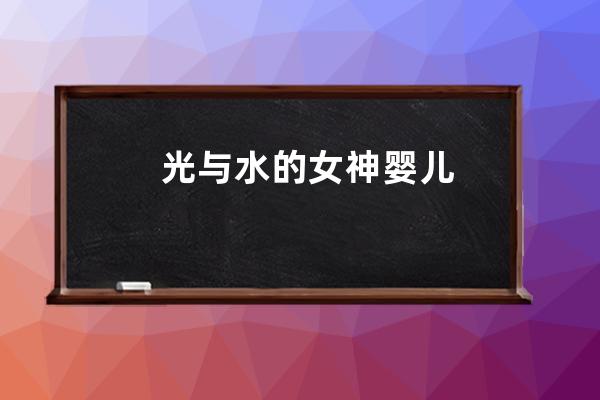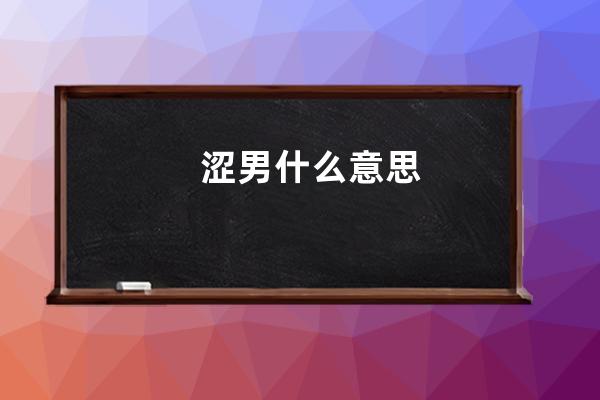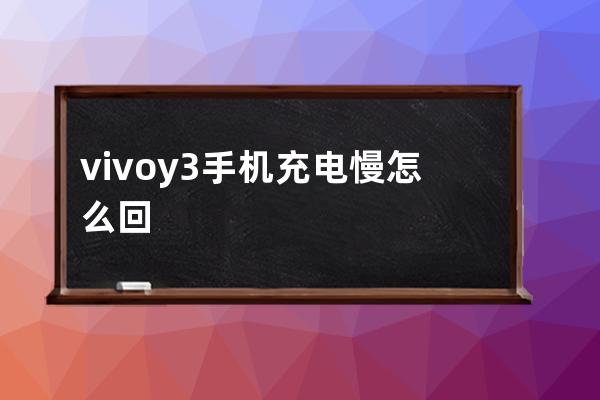after过去时句子

What is After Past Tense?
After past tense refers to the use of the word "after" in sentences that denote an action that has happened in the past. The past tense of after is "aftered." The use of after past tense is mainly for indicating an event or action that occurred in the past and was followed by another event or activity. Understanding how to use after past tense is essential for good communication and proper use of the English language.
Examples of How to Use After Past Tense
There are several ways you can use after past tense in a sentence. Here are a few examples:
- I left the party after she had already gone home.
- They had finished dinner after we arrived for dessert.
- He had already read the book after I recommended it to him.
- The storm had passed after we took shelter in the basement.
As you can see, after past tense is often used to demonstrate the order of events that have already occurred. In each of these examples, one event happened before another, and after past tense helps to clarify that order for the reader or listener.
Common Mistakes When Using After Past Tense
While after past tense is a pretty straightforward concept, there are a few common mistakes that people make when using it. Here are some of the most common mistakes:
- Using "after" with present tense instead of past tense - this can cause confusion and improper communication.
- Leaving out the auxiliary verb - when using "after" as a conjunction, it's essential to include the auxiliary verb to indicate the tense.
- Not using the correct form of the verb "after" - remember that the past tense of "after" is "aftered." Using the incorrect form can make your sentence seem incorrect or confusing.
By avoiding these common mistakes, you can ensure that your after past tense sentences are clear and concise, making your communication more effective.
Conclusion
Using after past tense correctly is an important part of communicating effectively in English. It helps to clarify the order of events that have occurred in the past and provides essential context for understanding what happened. By avoiding common mistakes and practicing proper usage, you can improve your communication skills and convey your ideas with clarity and precision.

声明:本站所有文章资源内容,如无特殊说明或标注,均为采集网络资源。如若本站内容侵犯了原著者的合法权益,可联系本站删除。

